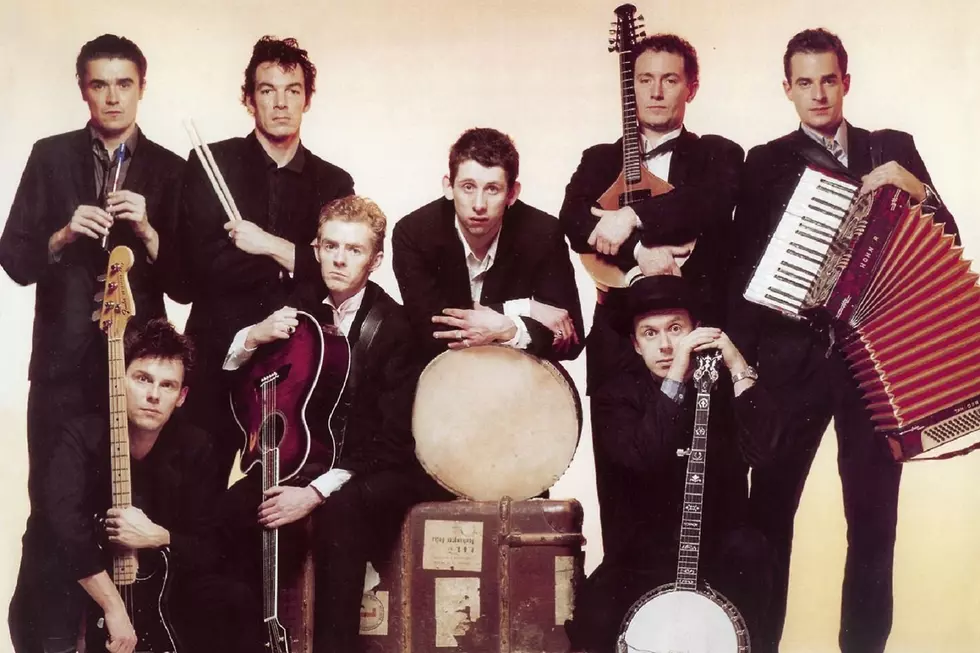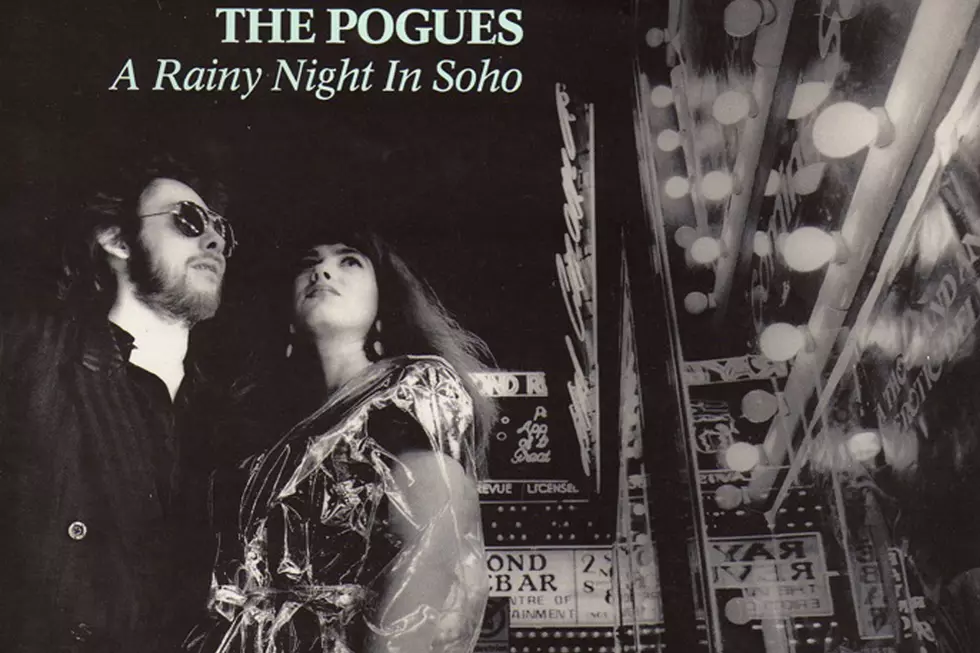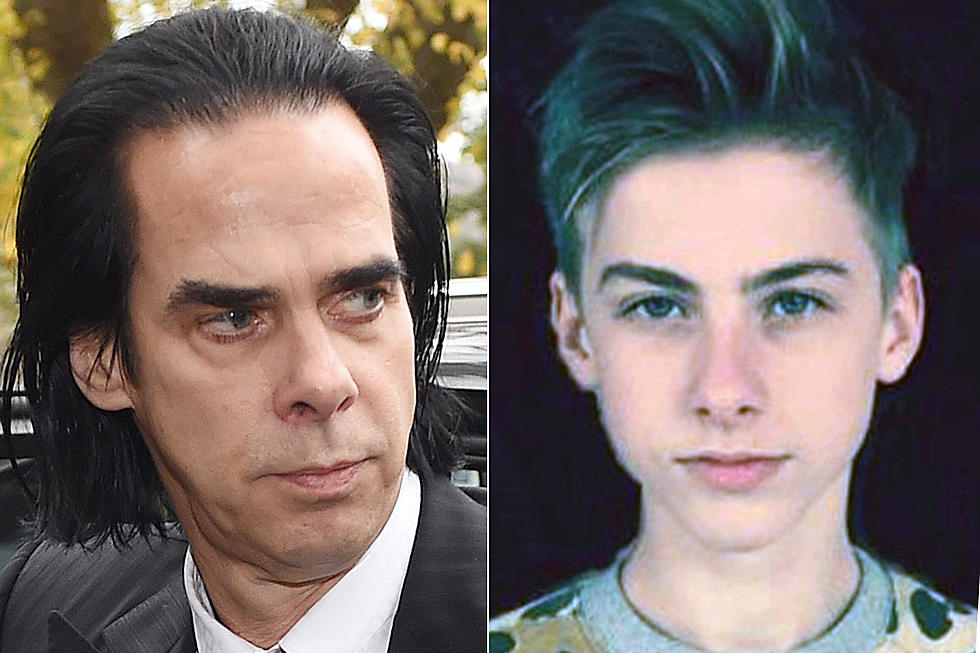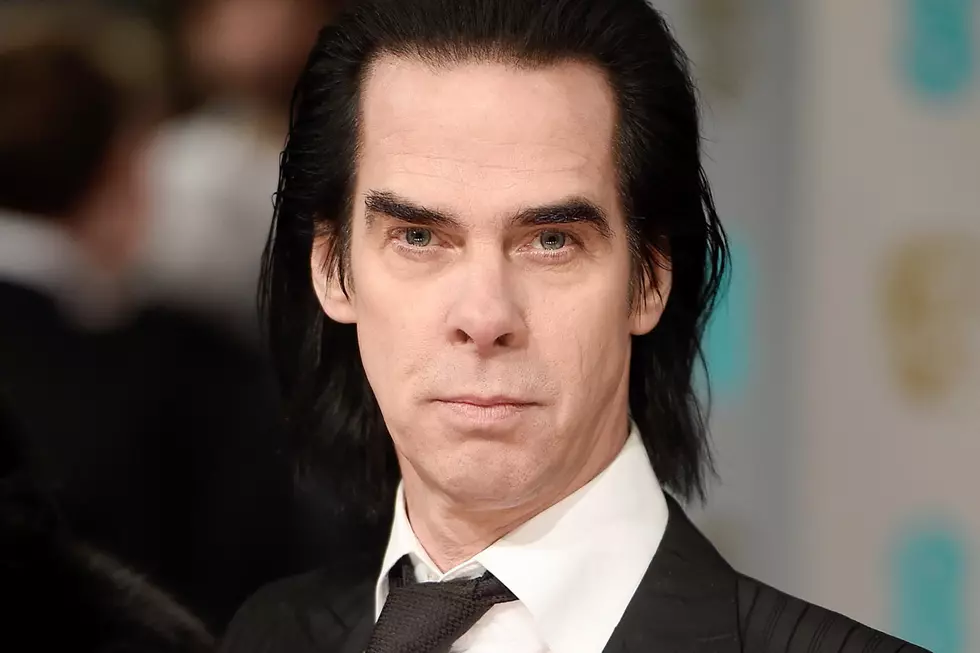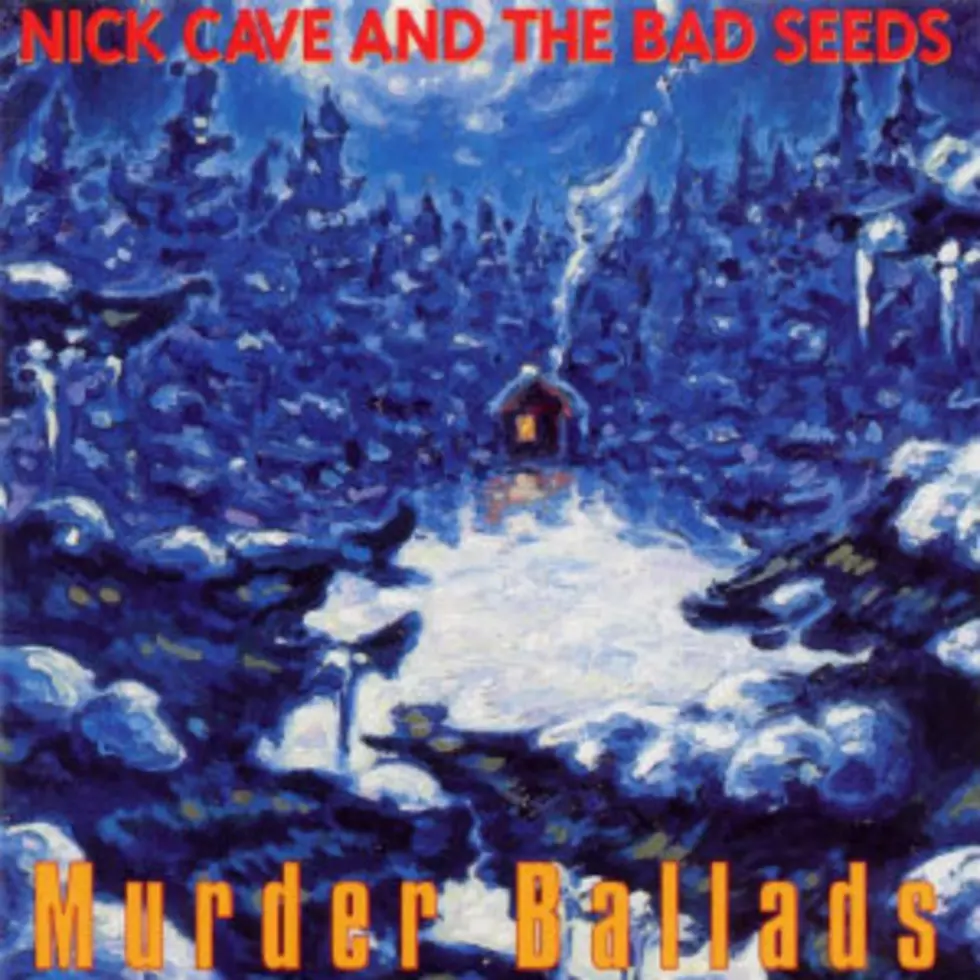
20 Years Ago: Nick Cave and the Bad Seeds Get Morbid With ‘Murder Ballads’
If one were making a list of albums with a disturbingly high lyrical body count, gloomy alt rockers Nick Cave and the Bad Seeds’ dark 1996 classic Murder Ballads (released in the U.S. on Feb. 20) would rank right up there with some pretty grotesque company – from death metal gore-fiends Carcass to hip-hop horrorcore pioneers Geto Boys. Some 65 unfortunate (fictional) victims meet their maker on Ballads, and none die peacefully in their sleep.
Even though it’s par for the course when you’re talking about an album called Murder Ballads, Cave’s deadly vocal imagery is no less impactful for it, weaving a series of haunting tales both new and traditional, spread over the course of 10 macabre tracks. Each one is like a crime scene photo with a soundtrack; a sad tale of life taking a truly tragic turn. Oddly enough, it was Cave’s most commercially successful work to date.
Part of that was clearly due to the inherently unique nature of the record. By the time Cave and co. dropped Murder Ballads, they already had eight full-lengths under their belts; this album, however, would stand apart. Building upon the first song written for the record, “O’Malley’s Bar,” (penned during the Henry’s Dream sessions) more material was later recorded amid the making of Let Love In. During these initial stages, Cave envisioned the music as part of a film, but was unable to get the project off the ground.
It turns out it was likely a blessing in disguise that the movie never happened, as Murder Ballads eventually became far more than Cave had imagined. Joined by a host of noteworthy guests including PJ Harvey, Shane MacGowan, Kylie Minogue, a pack of string players and even the Mormon Tabernacle Choir (on “The Curse of Millhaven”), Cave and the Seeds crafted a sonic thriller whose musical breadth was only matched by its many faces of death.
Murder Ballads begins with the slow burn of “Song of Joy,” an eerie account of the murder of the narrator’s wife (the aforementioned Joy) and their three daughters, by a mysterious serial killer. The band then seamlessly shifts into spacey reggae for “Stagger Lee,” and the tale of song’s namesake, who goes on a violent binge when pushed over the edge. By the time Harvey and Cave croon over ethereal piano on the third track, “Henry Lee,” you’re grateful for its tranquility, even though the doomed Mr. Lee is stabbed to death by a jilted lover, then dumped into a well.
And there’s plenty more where that came from. It’s easy to lose count of how many people are slain by Lottie, the female mass-murderer who narrates “The Curse of Millhaven,” while repeating the refrain “All God’s children they all gotta die.” Yet still, Lottie’s self-determination and seemingly minimal remorse pales to the utter devastation of “The Kindness of Strangers,” in which “O poor Mary Bellows” is charmed and then gruesomely murdered by a man she meets on the road. Found the next day, “cuffed to the bed / with a rag in her mouth and a bullet in her head,” Bellows had left her home in Arkansas just to see the ocean, trading her life in the exchange.
Cave’s duet with Kylie Minogue on “Where the Wild Roses Grow” propelled the album onto the radio and the awards circuit back in ’96, garnering two ARIA Awards and largely driving the album’s surprising mainstream success. That same year MTV nominated Cave for “Best Male Artist,” however Cave requested that the nomination be withdrawn. Overall, the record received strong critical praise, with Bill van Parys of Rolling Stone writing, “never before have manic elements elevated Cave’s shtick to art as on Murder Ballads,” while dubbing the album “the performance of Nick Cave’s life.” Even though Entertainment Weekly warned the record was “not for the squeamish,” the magazine also called it “the rare pop record that resonates with the weight of the ages.”
Part of that resonance stems from our universal fascination with death, to be sure. But another main draw is Cave’s prowess as a musical storyteller, and the way many of the tales on Ballads brood and sulk until they boil over with sinister intent and deadly rage. Whether the focal point of each ballad is the victim or perpetrator, the experience portrayed in the song leaves that character forever changed, just as the album did for fans back in February of 1996.
20 Albums You Won't Believe Turn 20 in 2016
More From Diffuser.fm

